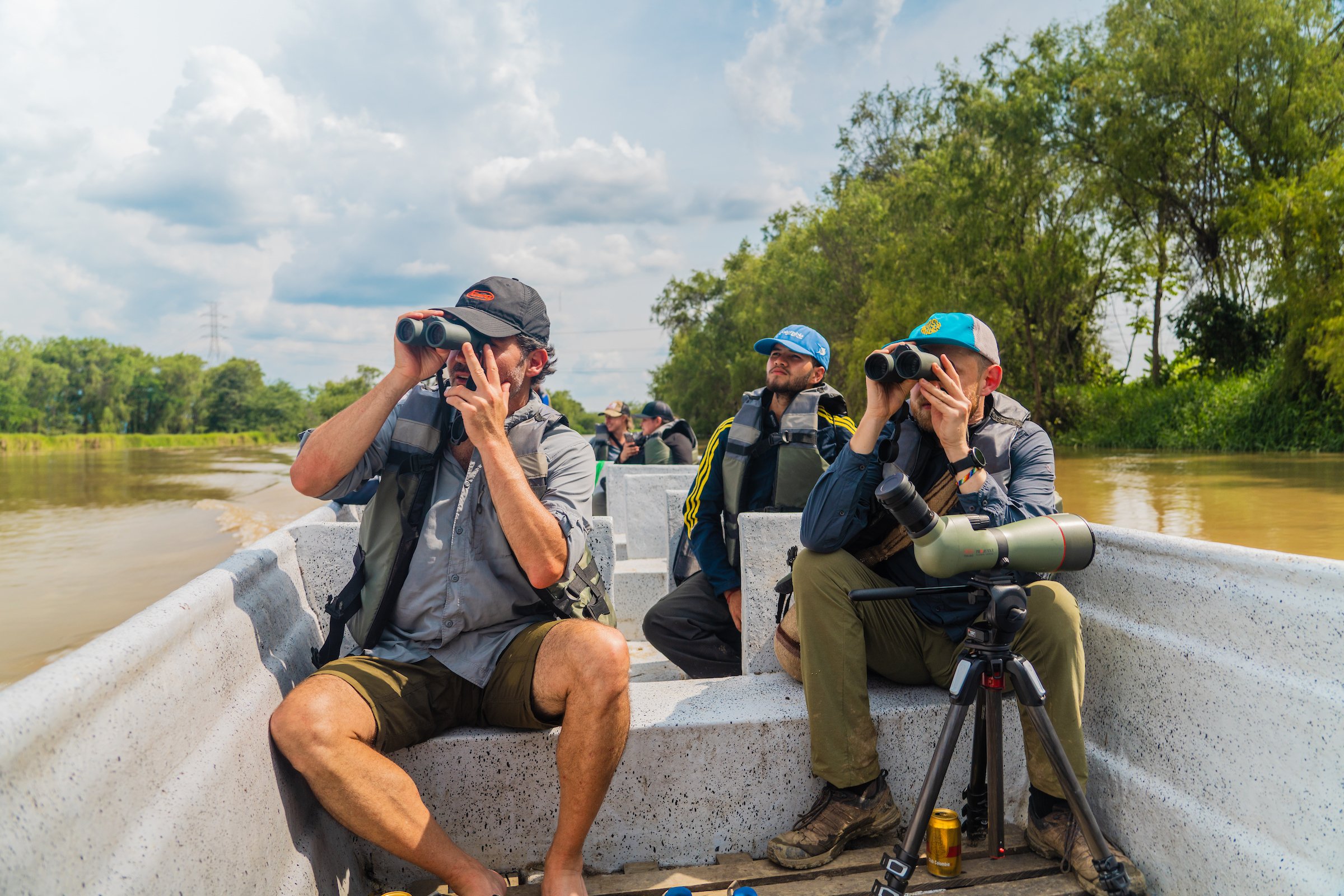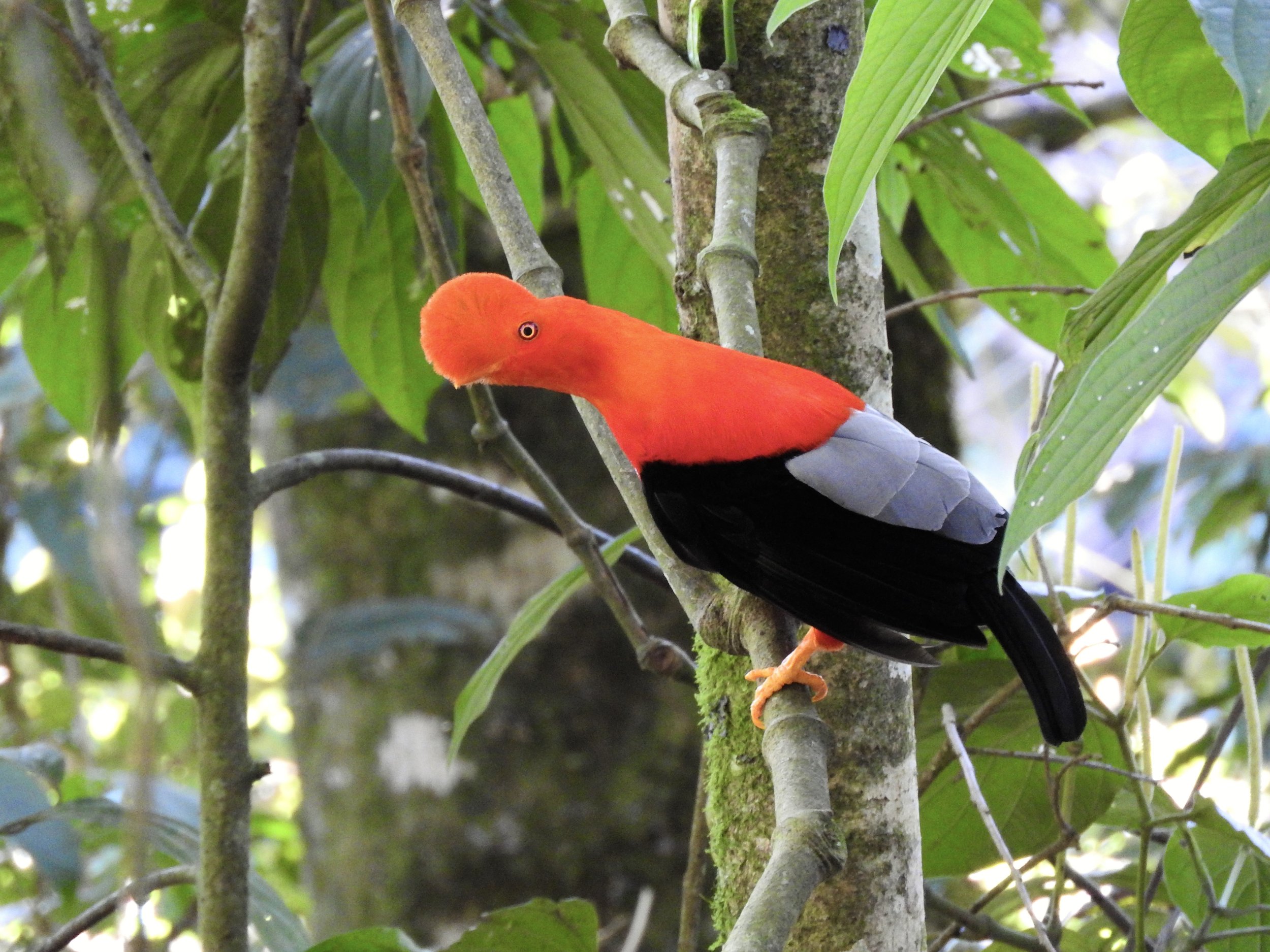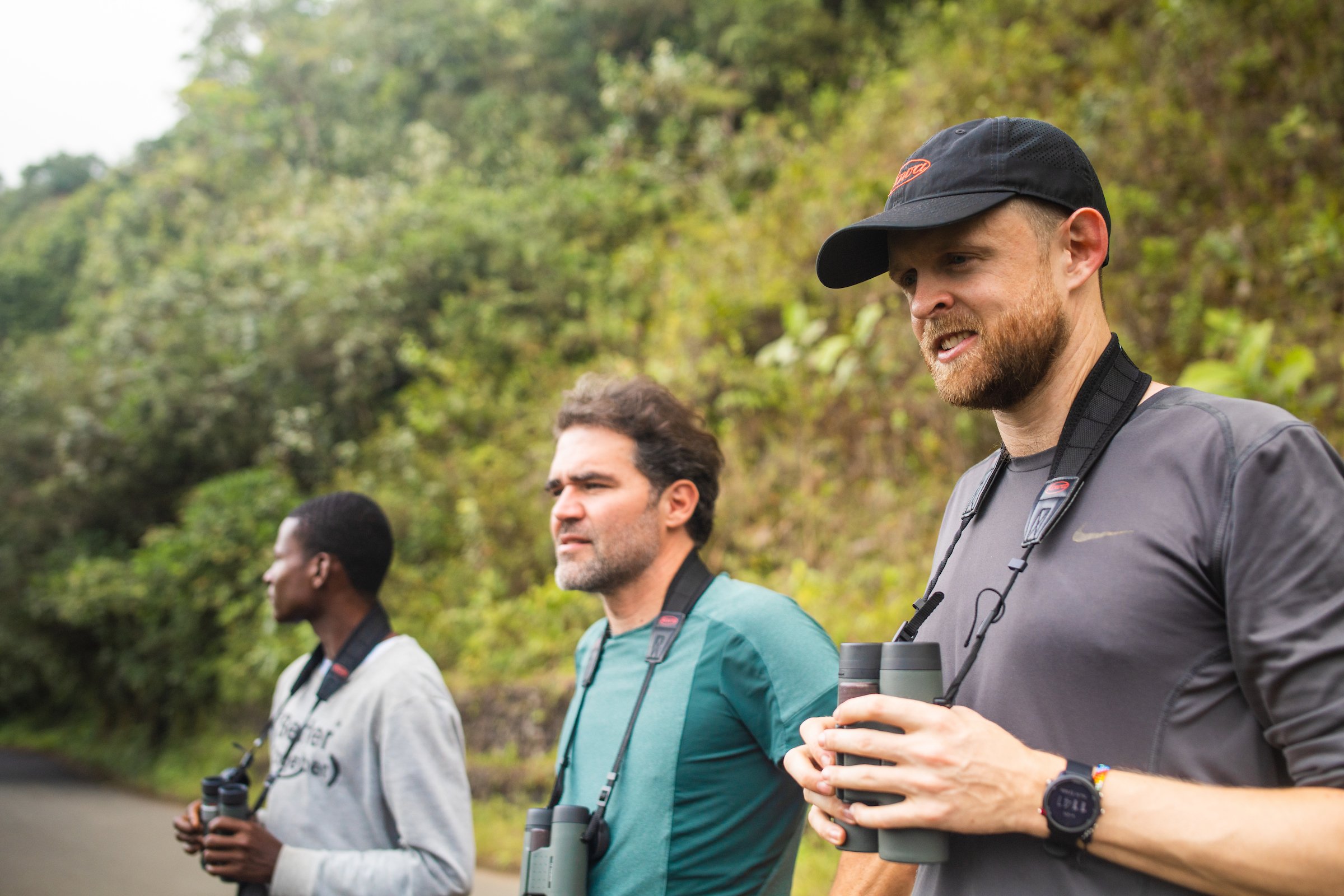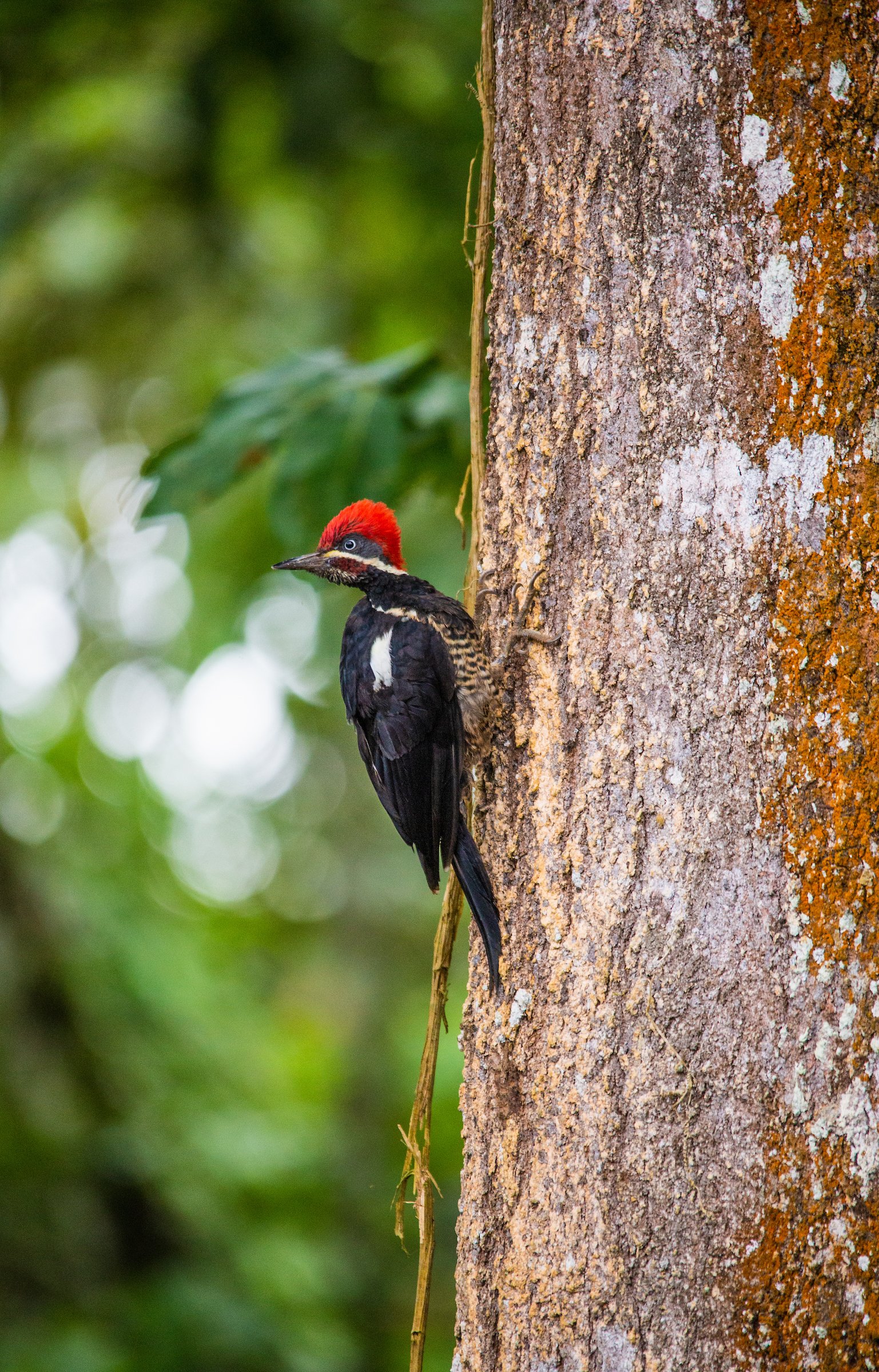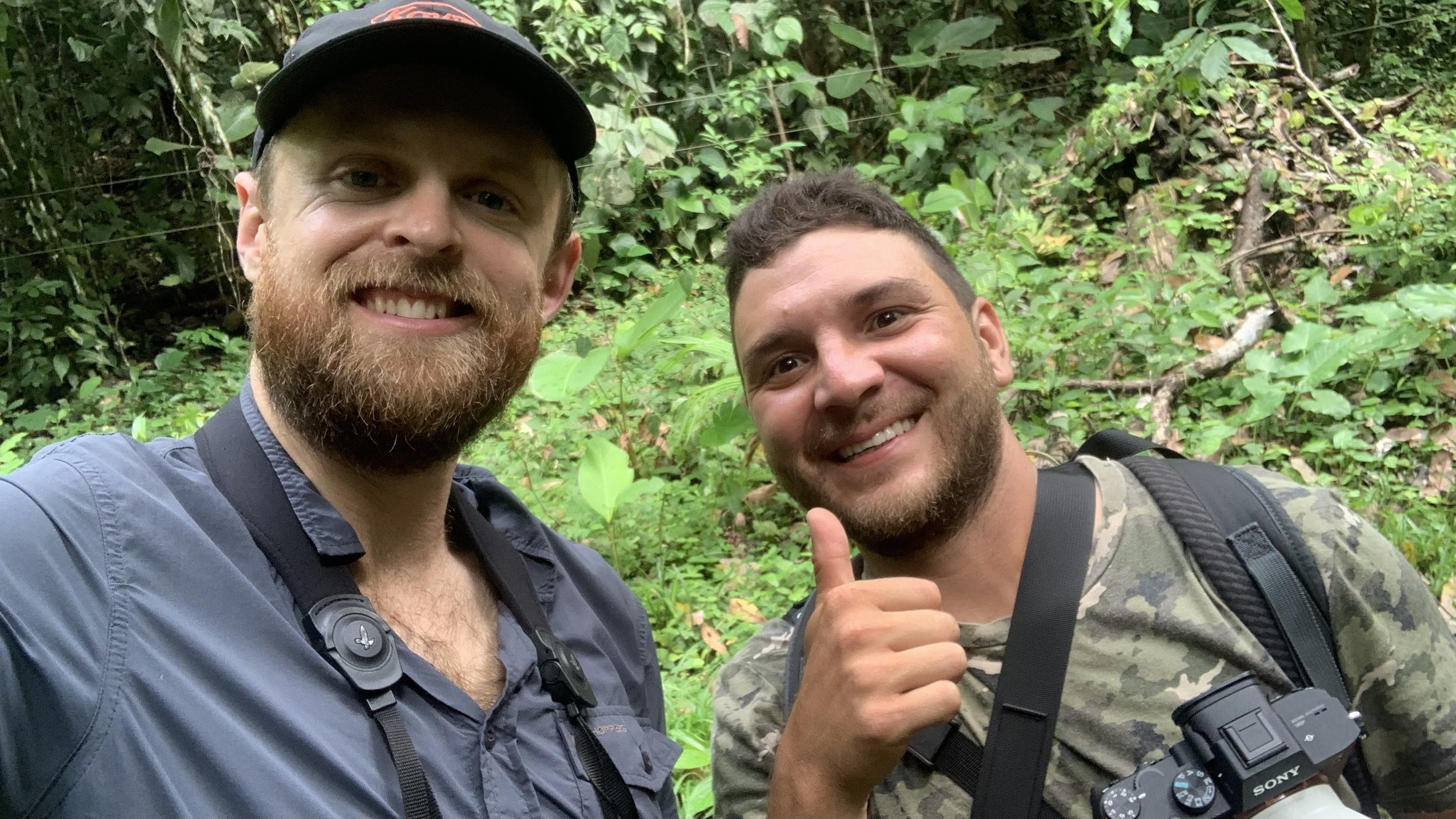The Magic of Birding in Casanare, Colombia
Sunset at Lagunazo in Altagracia Reserve, Casanare
Of all the 32 departments of Colombia, the Eastern Plains region of Casanare doesn’t score that highly in endemic bird species or bird numbers. Yet, it’s our host’s favorite region of the country for birding. Find out why in our new blog.
I’ve been fortunate enough to travel the length and breadth of Colombia in search of birds. I’ve visited each of the country’s 32 departments (or states) on multiple occasions, and each of them has a unique and special place in my memories. Yet, there’s one department that I keep literally and figuratively returning to during my Colombia adventures: Casanare.
Casanare lies in the central-eastern region of Colombia and is one of the departments in the Orinoquia region (areas making up the drainage basin of the Orinoco as opposed to the Amazon river). It’s part of the Llanos Orientales, seasonally-flooded grasslands consisting of savanna, gallery forest, shrublands, and tropical and subtropical grasslands. Its capital is Yopal, a compact city of around 150,000 people in the shadow of the foothills of the Eastern Andes.
According to eBird, Casanare sits right in the middle of the table of Colombian departments for bird diversity at 17th. Its total of 736 species puts most countries to shame, but in Colombia, this doesn’t even come close to the Top 10. Yet, numbers aren’t the be-all and end-all of birding, and for me, the experience of birding in this department is where the magic lies.
Maguari Stork is just one of the many waterbirds that be spotted in Casanare
As a British birder, born and raised, I have a particular affinity for waterfowl (a lot of our best birding happens at lakes and coastlines) - nothing gets me more excited as a birder than a huge marshland waiting to be scanned with a scope! While Colombian birders, by virtue of their remarkable range of jungle habitat, tend to be “forest birders,” I gravitate towards open spaces, lakes, rivers, and wetlands. Thankfully, Casanare is blessed with a wealth of all of those habitats.
That’s not to say that forest birding is off the table in Casanare. Far from it, the gallery forests snaking their way along the many rivers crisscrossing the department are a hive of activity in the early morning and late afternoon, and the foothill forest along the western borders of the department is excellent for all sorts of antbirds and woodcreepers.
Yet, the true magic of birding in Casanare comes when I’m standing along a muddy watering hole, surrounded by the chaotic wonderland of thousands of ducks, geese, ibis, herons, and screamers. In the dry season (December-March), as waterfowl cluster around rapidly-diminishing water sources, this experience intensifies. There’s nowhere else in Colombia where you can see birds in such overwhelming numbers! I’ve stood in awe as 2,000 Orinoco Geese graze around me and flocks of whistling-ducks and teal thousands-strong wheel above. On a good day in Casanare, you can spot all seven Colombian ibis species and all five resident kingfishers - I once managed that birding with my parents at Altagracia Reserve in the far east of the department.
Altagracia Reserve is home to almost 25% of the global population of Orinoco Goose
There’s scope for surprises and rarities as well. I’ve been fortunate enough to contribute a couple of new species to Casanare’s list, including Point-tailed Palmcreeper and Prothonotary Warbler, both at Altagracia. I was also lucky to add Zigzag Heron to my list during one visit. That elusive species is being spotted with increasing frequency at El Encanto de Guanapalo Reserve, just a couple of hours from Yopal.
For birders looking to expand their life list, there are some important range-restricted species worth seeking out. The Pale-headed Jacamar and White-beard Flycatcher are Llanos endemics shared with Venezuela. Birds like Sharp-tailed Ibis, Crestless Curassow, and Orinoco Goose are also reasonably easy to see in the region and common nowhere else. Burrowing Owls are seen across the region, while Wire-tailed Manakin is a popular species to seek out in the forest.
I have to single out Altagracia Reserve in particular. This isolated reserve is my absolute favorite place in the whole of Colombia. Accessed by either an eight-hour drive across the entire department or a light-aircraft flight from Yopal, it’s so isolated and biodiverse that it’s hard to imagine anyone not falling instantly in love when they visit.
It’s not just birds that make Casanare such a special place. Hato La Aurora is the best place in Colombia to see a Jaguar. At the same time, a dry season visit to any reserve can produce unforgettable encounters with Anacondas, Tamanduas, Giant Anteaters, Pumas, Giant Otters, White-tailed Deer, caiman, Crab-eating Foxes, and Capybaras. For me, it’s absolutely the best region in Colombia for wildlife watching.
Then there’s the culture. Casanare is one of the Colombian departments that maintain the llanero culture. Llaneros are essentially Colombian cowboys, and there’s nothing quite like riding a horse across the plains in search of wildlife while your guide herds cattle and sings traditional llanero songs to the breeze.
Casanare often doesn’t feature prominently on Colombian birding itineraries - there aren’t enough endemics or range-restricted species for many hardcore birders. Yet, it has so much to offer anyone who loves birds and wildlife. Aside from the Pantanal, there’s nowhere remotely similar in South America. So if you’re planning a trip to Colombia and want a unique and magical birding and wildlife experience, consider Casanare. It’s my favorite department in Colombia for good reason!
A typical Llanos scene at Hato La Aurora in Casanare

















